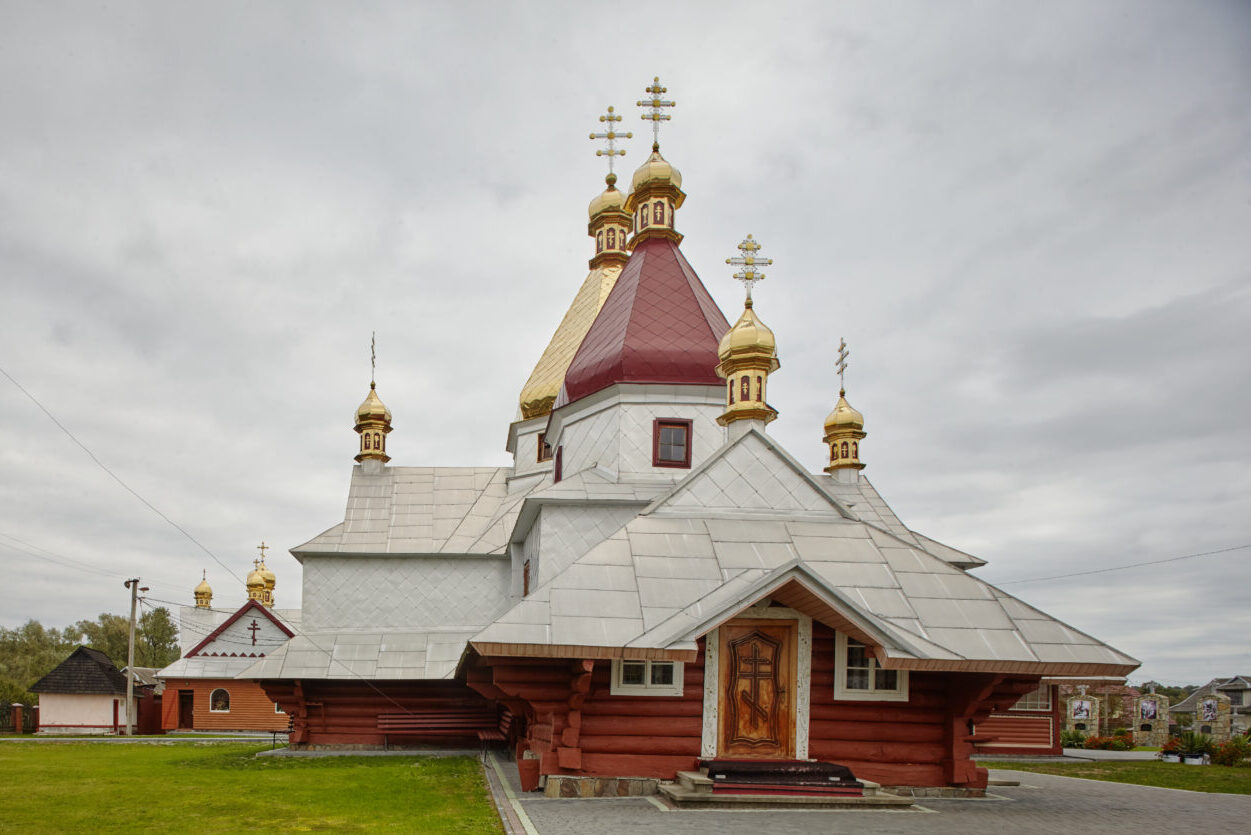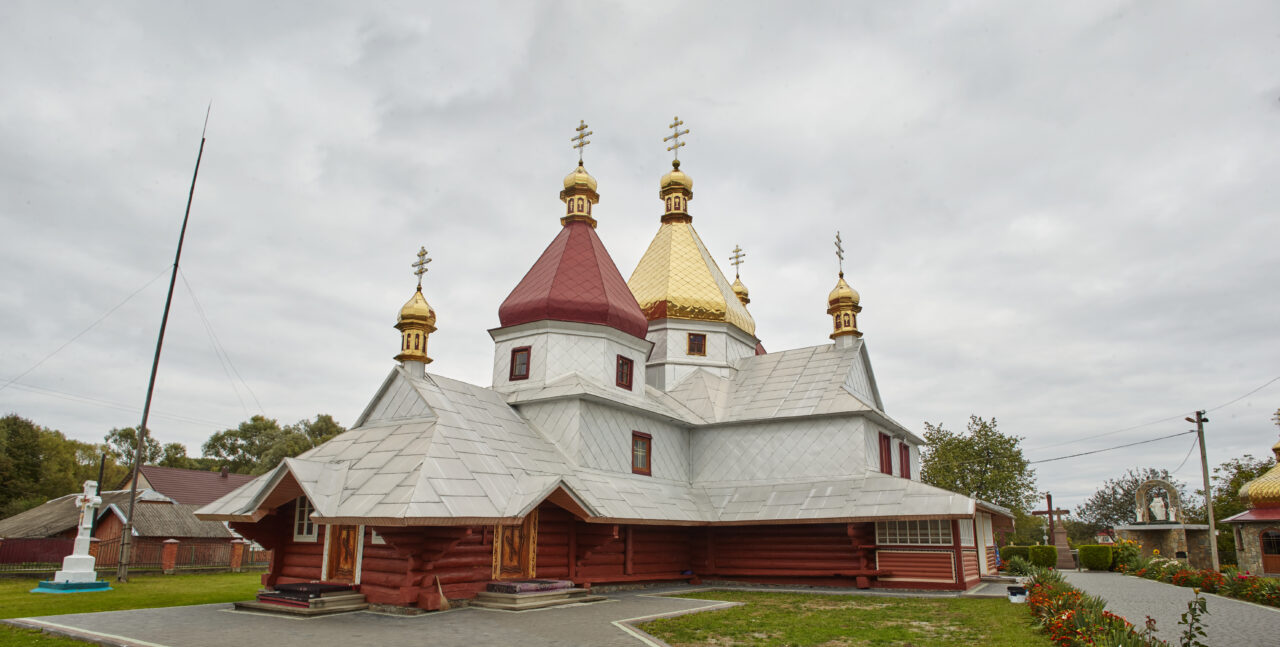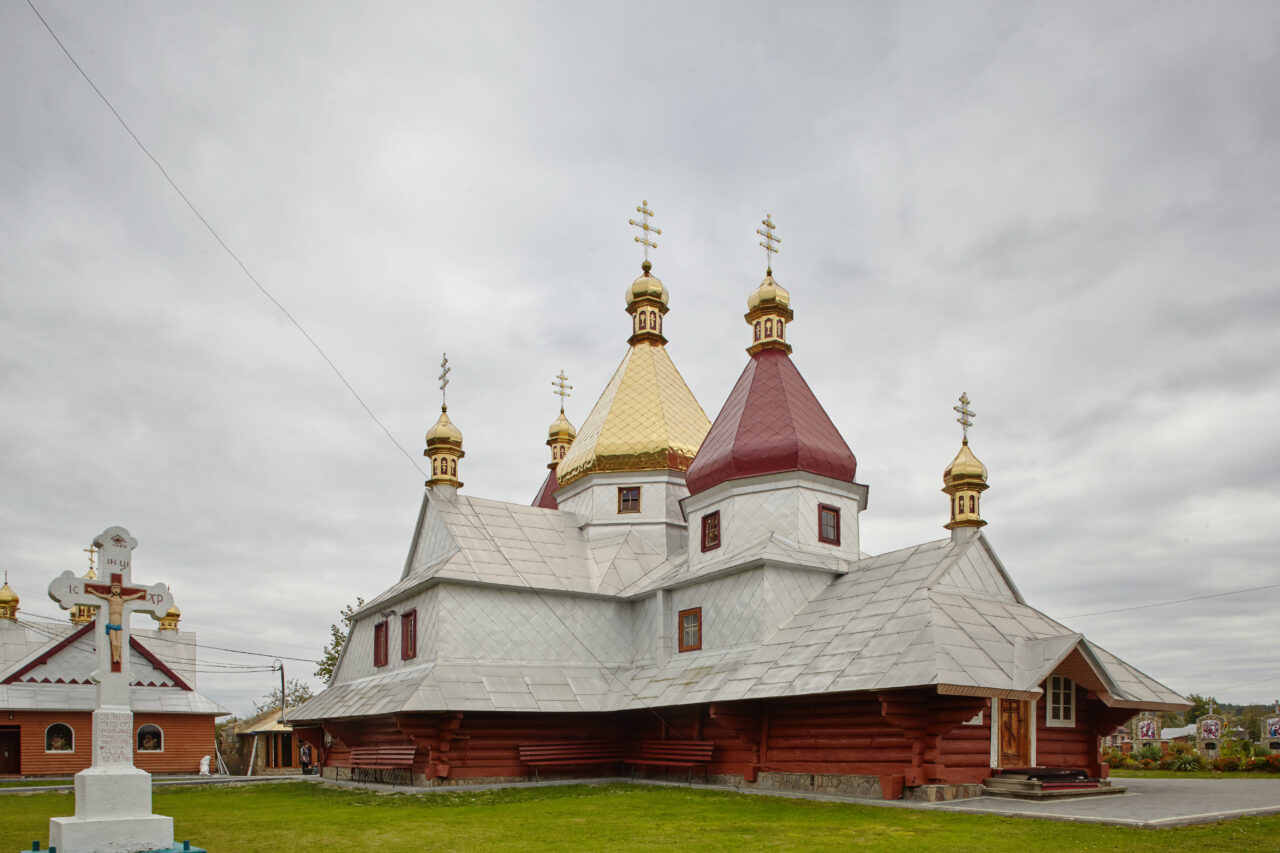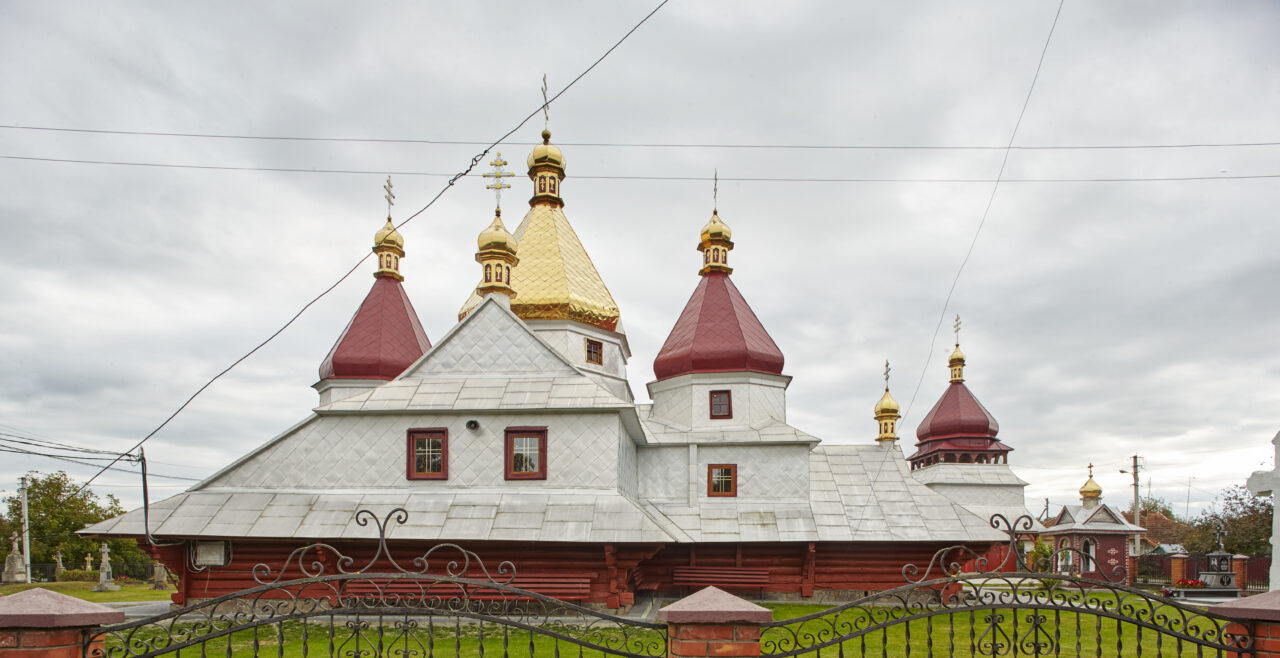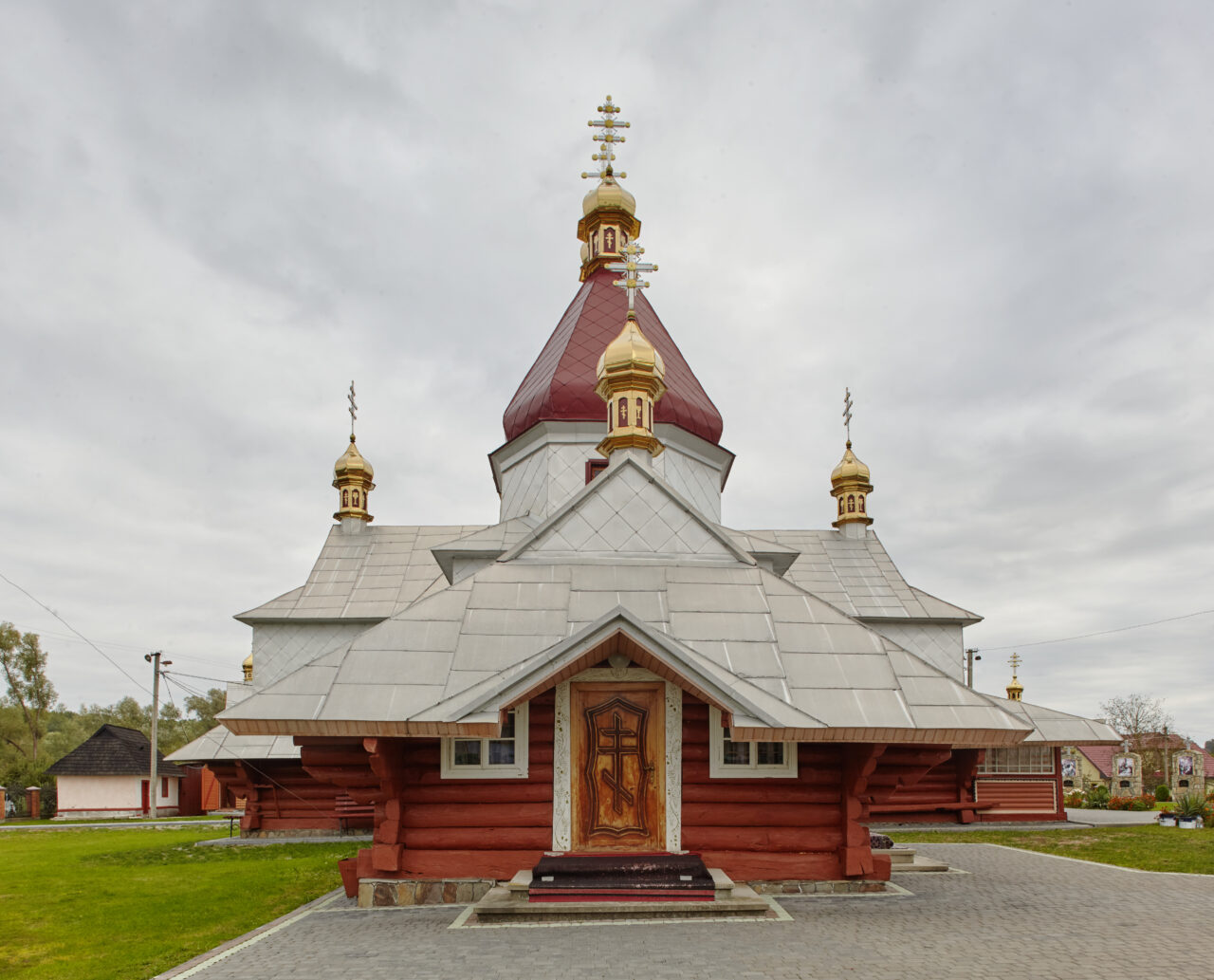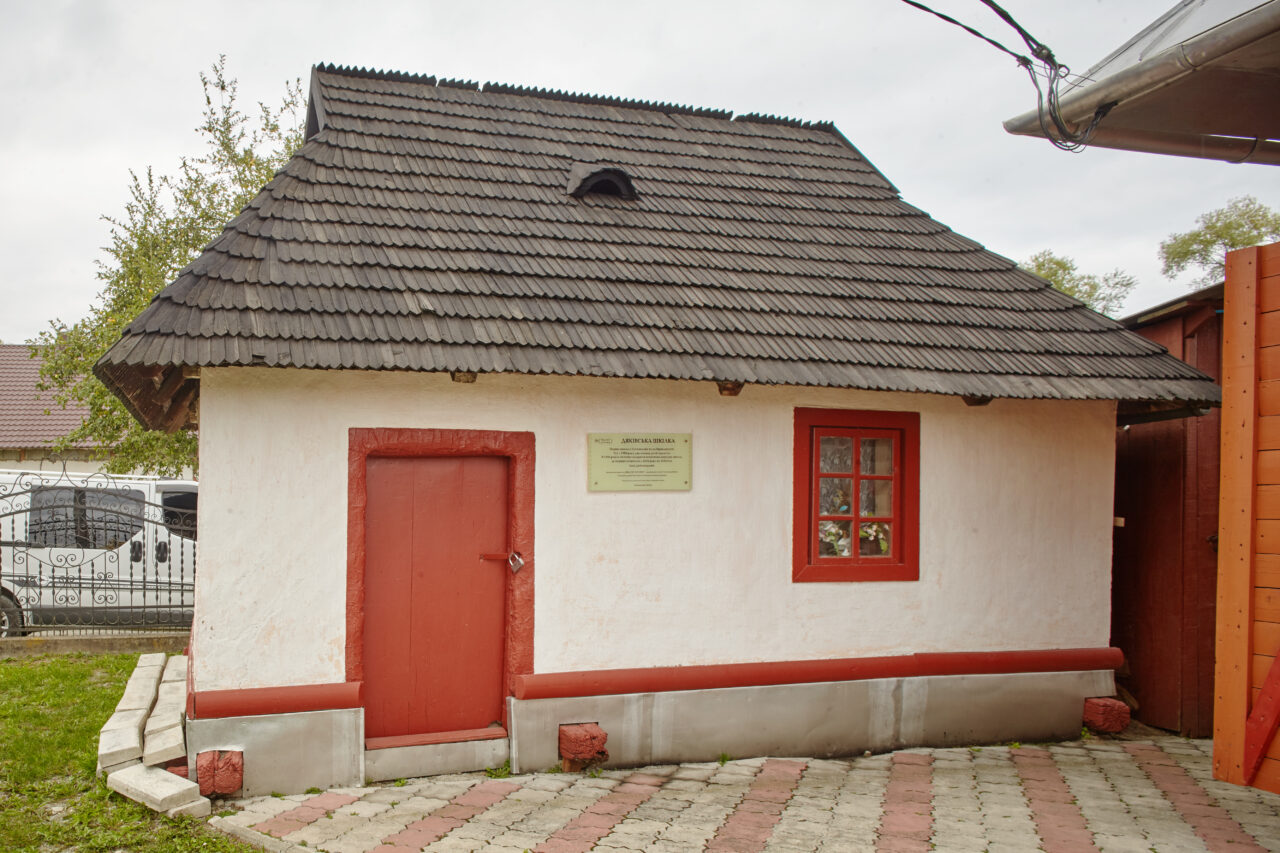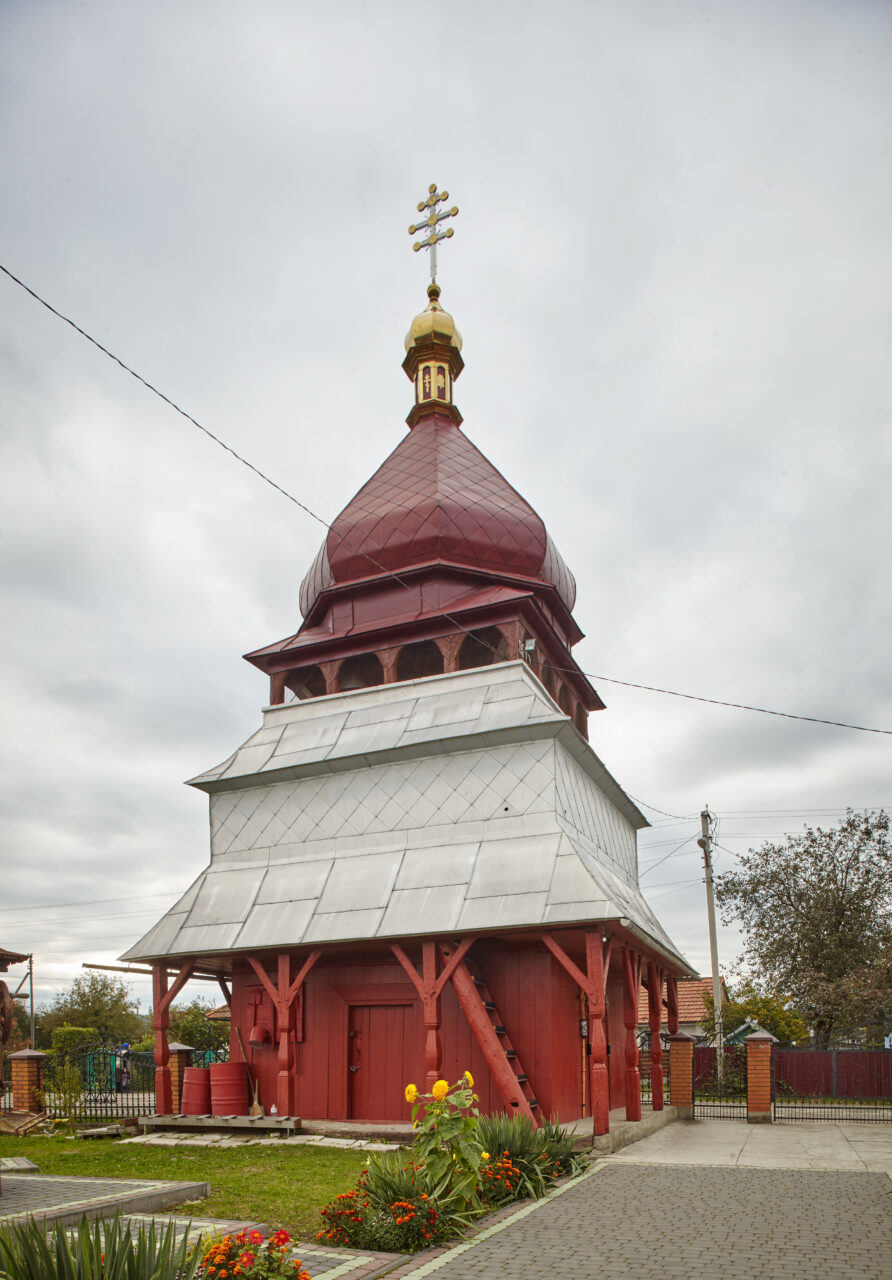Pechenizhyn is the largest settlement of Kolomyia Hutsul district; it is its unofficial capital.
In the 14th century Pechenizhyn was granted with Magdeburg law, it had a town hall and the ancient castle housed the royal administration, which supervised the numerous salt works and guts. Written documents claim that in 1443 when Pechenizhyn belonged to the Galician castellan Ivan Kola, it was a large settlement and the center of the volost (region in Rus).
The first written mention of the wooden temples of Pechenizhyn date back to the 16th century, and the modern church of St. Dmytrii is considered to be one of the oldest ones in Prycarpattia.
The wooden church was built in 1629 (according to the inscription on the temple door). According to the legend, this building was disassembled and brought here from near Kyiv. Later chumaks, who were carrying salt from the Carpathians for sale, assembled it and covered with shingles. In 1795 the shrine was expanded to its modern appearance and in the 19th century it was covered with tin.
The ancient iconostasis, which dates back to the 18th century, and the Gospel (1670) have been preserved in the church. During the Second World War the temple was damaged and required restoration. Over the last 30 years the shrine walls and ornaments were renovated three times. In 2008-2009 the church and the bell tower were overhauled and new domed crosses and bells were installed.
A kind of ‘historical reserve’ has been formed around the sanctuary. It consists of a church (1629), which houses books and icons of the 17th-18th centuries, the deacon’s school – the oldest school building in Galicia, a monument dedicated to the serfdom abolition (1873), and the ancient cemetery.
Today the church belongs to the Orthodox Church of Ukraine community.
It is an architectural monument of local significance.

